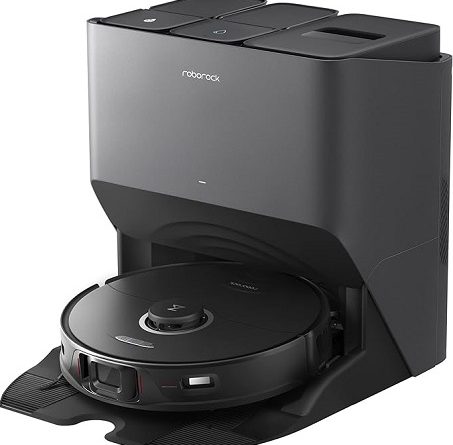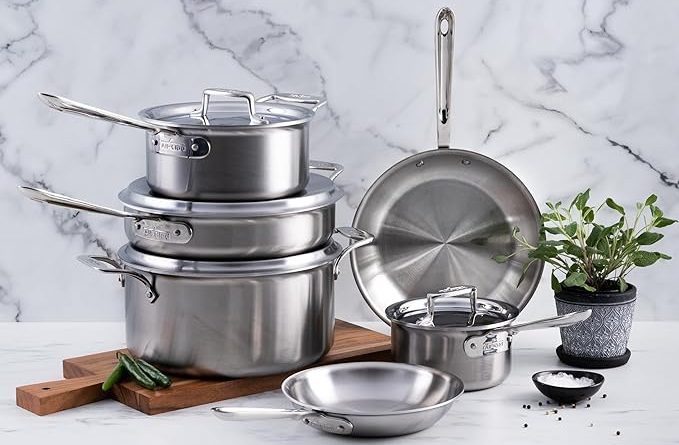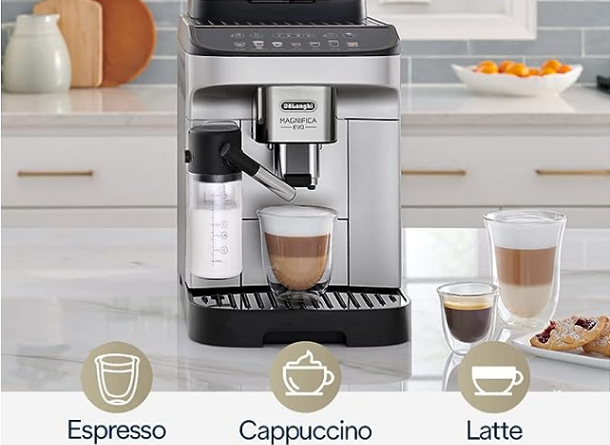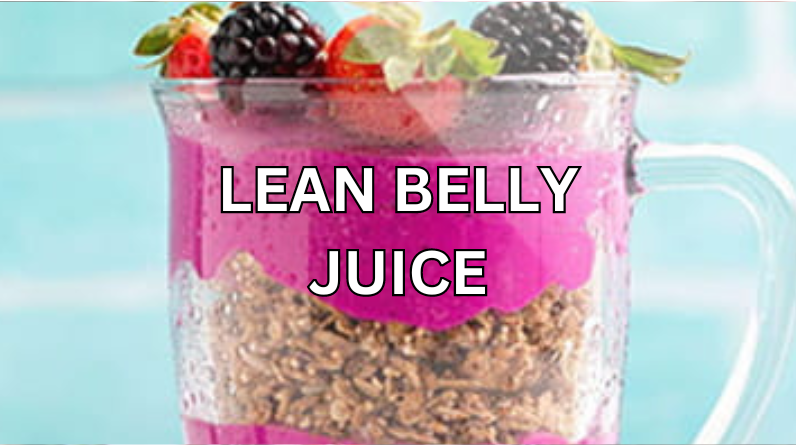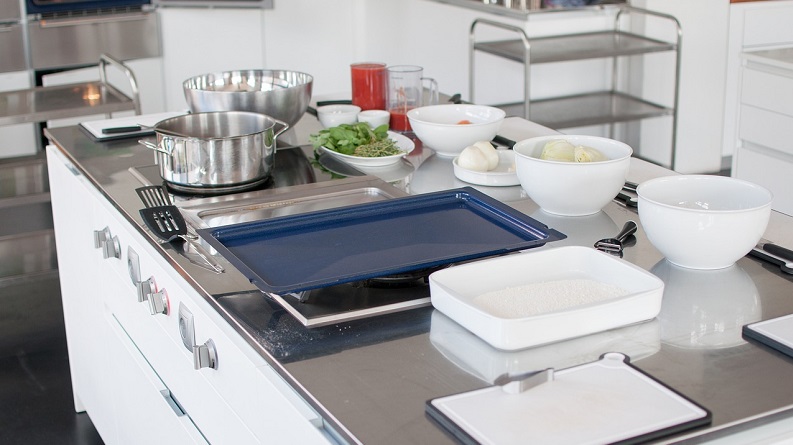
Simple Cooking Terms: A Beginner’s Guide
Cooking can be a daunting task for those who are just starting out. With so many terms and techniques to learn, it can be overwhelming to navigate the kitchen. In this blog post, we will cover some of the most common cooking terms to help you become more confident in the kitchen.
Mise en Place
Before you start cooking, it’s important to have everything in its place. Mise en place is a French term that means “putting in place.” It refers to the practice of preparing and organizing all of your ingredients before you start cooking. This includes measuring out your ingredients, chopping your vegetables, and having all of your tools and equipment ready to go.
Sauté
Sauté is a cooking technique that involves quickly cooking food in a small amount of oil or fat over high heat. It’s a great way to cook vegetables, meats, and seafood. To sauté, heat a small amount of oil or fat in a pan over high heat. Once the oil is hot, add your ingredients and stir frequently to prevent burning.
Sear
Searing is a technique used to brown the surface of meat, creating a caramelized crust that adds flavor and texture. It’s commonly used when making steaks, chops, or roasts. To sear, heat a heavy-bottomed pan over high heat until it’s very hot. Add a small amount of oil to the pan, then add the meat and let it cook without moving it for a few minutes until it’s browned on one side. Flip the meat and repeat on the other side.
Simmer vs. Boil
While both simmering and boiling involve cooking food in liquid, there’s a key difference between the two. Boiling occurs at 212°F (100°C), while simmering occurs at a lower temperature, typically between 185°F (85°C) and 205°F (96°C). Boiling is ideal for cooking pasta or blanching vegetables, while simmering is better for gently cooking soups, stews, or braises.
Reduce
Reducing is a technique used to thicken a sauce or concentrate its flavor by simmering it until the liquid evaporates and the flavors intensify. It’s commonly used when making pan sauces, gravies, or marinades. To reduce, pour the liquid into a pan and heat it over medium-high heat until it comes to a boil. Reduce the heat and let the liquid simmer, stirring occasionally, until it’s thickened and reduced by about half.
Caramelize
Caramelizing is a cooking technique used to brown sugar, creating a sweet and nutty flavor. It’s commonly used when making desserts like crème brûlée or caramel sauce, but it can also be used to add flavor to savory dishes. To caramelize sugar, heat it in a heavy-bottomed saucepan over medium heat until it melts and turns a deep amber color. Be careful not to burn the sugar, as it can go from caramel to bitter in a matter of seconds.
Emulsify
Emulsifying is a technique used to combine two liquids that don’t normally mix, such as oil and vinegar. It’s commonly used when making salad dressings, sauces, or mayonnaise. To emulsify, slowly whisk the oil into the vinegar or other liquid while continuously whisking or stirring. The result will be a smooth, creamy mixture that doesn’t separate.
Boil
Boiling is a cooking technique that involves heating water to its boiling point. It’s commonly used to cook pasta, rice, and vegetables. To boil, fill a pot with water and heat it over high heat until it comes to a rolling boil. Add your ingredients and cook until they’re tender.
Bake
Baking is a cooking technique that involves cooking food in an oven using dry heat. It’s commonly used to cook baked goods like cakes, cookies, and bread. To bake, preheat your oven to the desired temperature and place your food in the oven. Check your food periodically to ensure it’s cooking evenly.
Grill
Grilling is a cooking technique that involves cooking food over an open flame or hot coals. It’s a great way to cook meats, vegetables, and seafood. To grill, heat your grill to the desired temperature and place your food on the grill grates. Cook until it’s done to your liking.
Simmer
Simmering is a cooking technique that involves cooking food in liquid over low heat. It’s commonly used to make soups, stews, and sauces. To simmer, heat your liquid in a pot over low heat until it starts to bubble. Add your ingredients and cook until they’re tender.
Whisk
Whisking is a technique used to incorporate air into a mixture, creating a light and fluffy texture. It’s commonly used when making whipped cream, meringue, or cake batter. To whisk, hold a whisk in one hand and use the other hand to rotate the bowl or container as you vigorously beat the mixture with the whisk.
Fold
Folding is a gentle mixing technique used to combine delicate ingredients without deflating them. It’s commonly used when making mousse, soufflé, or angel food cake. To fold, use a rubber spatula to gently cut down through the center of the mixture, scrape along the bottom of the bowl, and bring the spatula up the side of the bowl, folding the mixture over itself. Repeat this process until the ingredients are evenly combined.
Season
Seasoning refers to adding salt, pepper, herbs, or spices to enhance the flavor of a dish. It’s important to season your food throughout the cooking process, rather than just at the end. This allows the flavors to meld together and creates a more balanced taste. When seasoning, start with a small amount and taste as you go, adding more if necessary.
Deglaze
Deglazing is a technique used to create a sauce or gravy by using liquid to scrape up the browned bits from the bottom of a pan. It’s commonly used when making pan sauces for meats or vegetables. To deglaze, remove the food from the pan and add a liquid such as wine, broth, or vinegar to the hot pan. Use a wooden spoon to scrape up any browned bits from the bottom of the pan, then cook the liquid until it’s reduced and thickened.
Rest
Resting is a crucial step when cooking meat. It allows the juices to redistribute, resulting in a more tender and flavorful piece of meat. To rest, remove the meat from the heat source and let it sit for a few minutes before slicing or serving. The resting time will depend on the size of the meat – a small steak may only need a few minutes, while a large roast may need 20-30 minutes.
Conclusion
By adding these cooking terms to your culinary vocabulary, you’ll be well on your way to becoming a confident and skilled home cook. Remember to take your time, be patient, and have fun experimenting with different techniques and flavors. With practice and persistence, you’ll be able to whip up delicious meals in no time!
#cookingterms #cookingtechniques #homecooking #culinaryvocabulary #foodblog #foodblogger #kitchenessentials #cookingtips #kitchentips #foodie #foodlover #homechef #learntocook #kitchenhacks #deliciousfood #foodporn #yum #foodstagram #instafood #foodphotography



